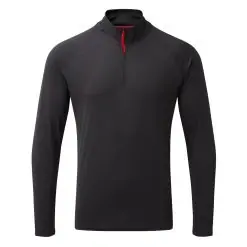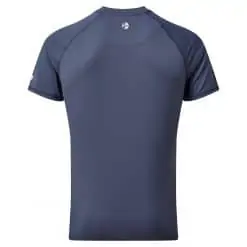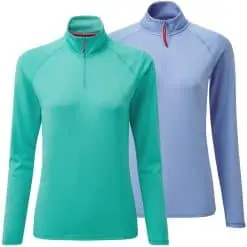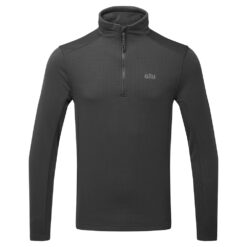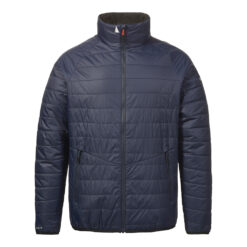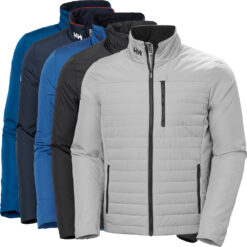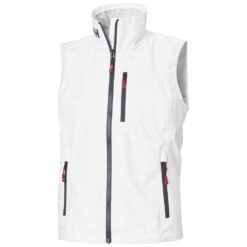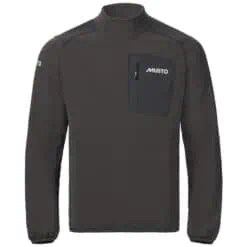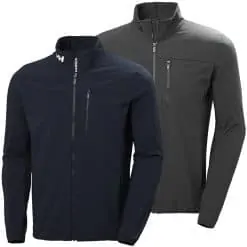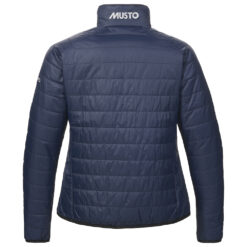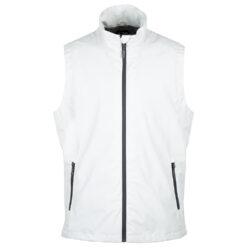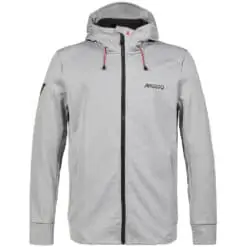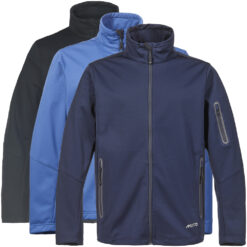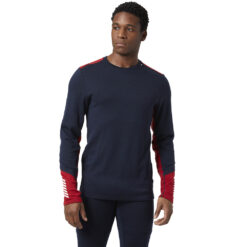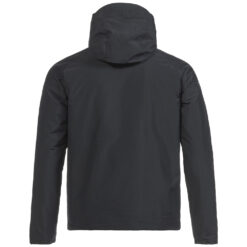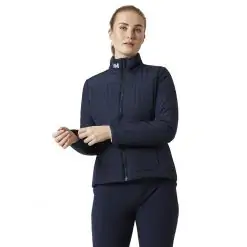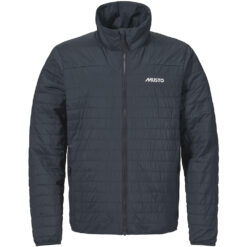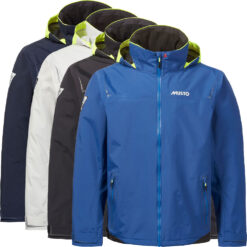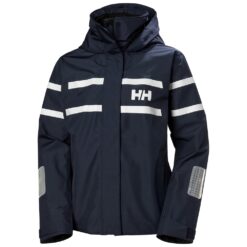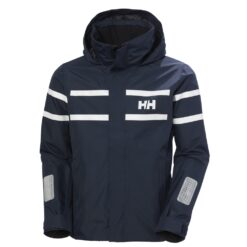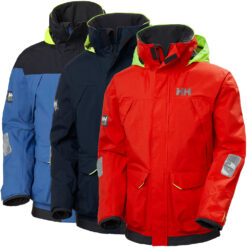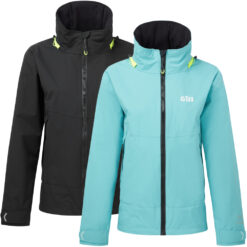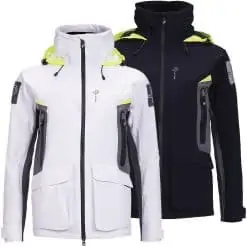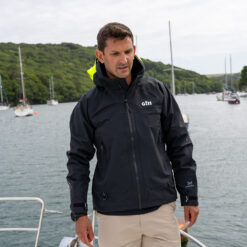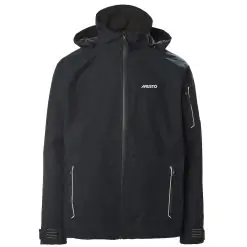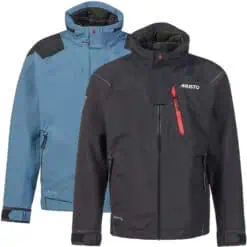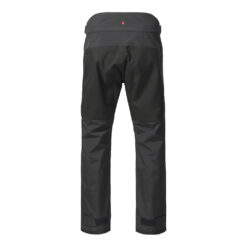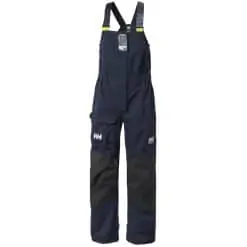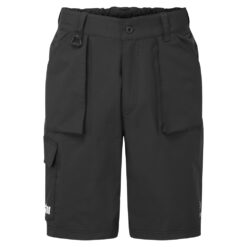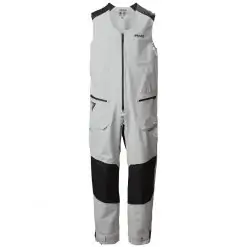Knowing what to wear when taking on your inshore and coastal adventure can be a bit of a minefield… Inshore and coastal sailing clothing will vary slightly in terms of design, spec and technology, but the recommendation on what to wear is very similar and will overlap in one way or another.

Layering
Layering is essential when considering versatility whilst sailing, whether it be inshore, offshore or racing etc. It allows you to prepare for different climates and conditions to help you be the most comfortable you can and perform your best.
Base layers:
These can act as both the first layer and as the only layer. What do we mean by that? Underneath your other layers, base layers should be moisture-wicking, meaning they keep your skin dry by moving the moisture away from the skin as you sweat. Its first job is vital for temperature regulation and moisture management.
No matter who you are or at what level you sail, sun protection is always essential. After all, your base layer may end up being the only layer you wear apart from your life jacket. If it’s warm outside or you aren’t getting pummelled by the elements, the base layer could be all you’re wearing, so it’s a good idea to get one with UPF50+ (ultraviolet protection factor) sun protection. Remember, it is not necessarily essential to have a UPF50+ base layer, you need to consider what kind of sailing you’re doing and how likely you are to just be wearing a base layer top.
Shorts:
Depending on temperature and whether you are inshore or coastal sailing, some sailors opt for fast dry or waterproof sailing shorts. It’s good to keep an eye out for shorts that are of high quality, durable and have a reinforced seat – to prevent against damage from snagging etc.
Midlayers:
The main job of the midlayer is to provide warmth. Technical sailing jackets are amazing bits of kit when it comes to keeping you waterproof, windproof, and ensuring you have breathability. The only box they don’t tick is keeping you necessarily warm; this is where the midlayer comes into play! Though some may deem it a bit annoying that sailing jackets aren’t ‘warm’, they do allow the wearer more flexibility when out on the water.
For example, early starts on race days are generally quite cold, but as the day goes on it warms up you get more and more active, meaning you start getting warmer and warmer. Now you can take the mid layer on and off to serve whatever your desired needs are at the time.
What to remember when selecting a midlayer: Pick one that allows good movement. Most of our midlayers allow you to move as freely as possible without hindering your performance. There are tonnes of options, a midlayer can be anything from jackets and t-shirts to fleeces and gilets etc.
Similar to base layers, midlayers can act as your outer layer, so you can also choose waterproof and thermal all-in-one jackets as your choice of midlayer – a good example is the Helly Hansen HP Racing Lifaloft Jacket or Helly Hansen Crew Midlayer Range or Musto Corsica Jackets.
Outer Layer:
Outer layers provide numerous different options to choose from. They effectively all do the same thing, keep you dry and protect you from the wind, simple?
…Maybe not! When you go anywhere to buy a sailing outer layer you have plenty of jackets and smocks to choose from; some described as ‘inshore’, some as ‘coastal’, others as ‘race’ and of course, ‘offshore’. ‘What’s the difference?’ ‘Which one do I need?’ We will try to make it as easy as possible to understand.
Inshore Jackets:
Our range of Inshore jackets all have very similar construction and characteristics. They will generally have 2 layer construction – this is where a fully waterproof outer shell is bonded with a waterproof and breathable membrane. This is usually with a hanging inner lining, which prevents the waterproof layer from deteriorating. It then acts as a 2-way barrier to both movement and sweat. It’s also the lightest form of construction, where low weight or packability is crucial. Most of them also have features such as high-vis adjustable hoods, adjustable cuffs, reflective detailing etc. They won’t be as ‘hefty’ as some of the coastal and offshore jackets, so they are lighter in weight and less obstructive around the head and neck area. All whilst being extremely waterproof, windproof and breathable.
See some examples below:
Coastal jackets:
In terms of waterproof, windproof and breathable technology, the majority of our inshore and coastal jackets are very similar. They all offer 2 layer construction to keep you dry and comfortable. Where the differences lie are in the style and features of the jackets. A good example is the Musto BR1 Solent Jacket (inshore) and the Musto BR1 Channel Jacket (coastal), though both offer the same fabric technology (hence the title BR1.) There are differences in both their overall appearance and features. So what does the Channel have that the Solent doesn’t?
- Adjustable double cuffs
- Double entry hand pockets
- High protective collar
- Full front zipper with double storm flap
- Chest handwarmer pockets
It’s easy for features like that to be listed, but click the links on those products to actually see the differences between these two jackets. It is important to ask when deciding between an inshore or coastal spec jacket. ‘How wet am I going to get?’ ‘How active will I be?’ From there you can determine which jacket is better suited for you and your situation.
See some examples below:
Race Jackets:
Race jackets are different from inshore and coastal jackets. They are much lighter, allow greater range of movement, are more minimalistic and generally have improved fabric technology/construction.
We stock a few race style jackets from Musto and Gill. They all are 3 layer construction, which means they are suitable for all weather conditions. This is because this construction has been engineered with an external DWR-treated waterproof layer, an internal waterproof and breathable membrane and an additional protective lining. These 3 layers are bonded together to make a technically efficient single fabric, providing comfort, durability and waterproof protection.
Trousers:
Trousers or Salopettes are another part of the outer layer section of the layering system. Generally manufacturers will have matching trousers/salopettes or even technical shorts to go hand in hand with the jackets.
They will be made with the same fabrics and construction, with the features at each level to mirror the spec and price point. On each jacket there should be a link to buy matching trousers, or a get an exclusive suit price where you could save a bit of money!
Inshore, Coastal & Race Suits:
Footwear:
Footwear suitable for inshore and costal sailing can be chosen from a wide variety of options: welly style boots, leather boots or performance trainers can all be worn, provided they are non-slip and non marking. See our range of:
Bear in mind that trainers are not waterproof and are mainly made from quick drying fabrics and allow water to drain from the shoe, as opposed to boots, which will be waterproof.
Accessories:
There are a range of accessories you can choose to take along with you on your sailing adventures.
- Hats – Protect your head from the sun.
- Gloves – Protect your hands.
- Sunglasses – Keep the sun from impairing your vision.
- Luggage/dry bags – Hold your essentials and keep them dry.
These can all in their own way be used to improve the quality of your trip.





















